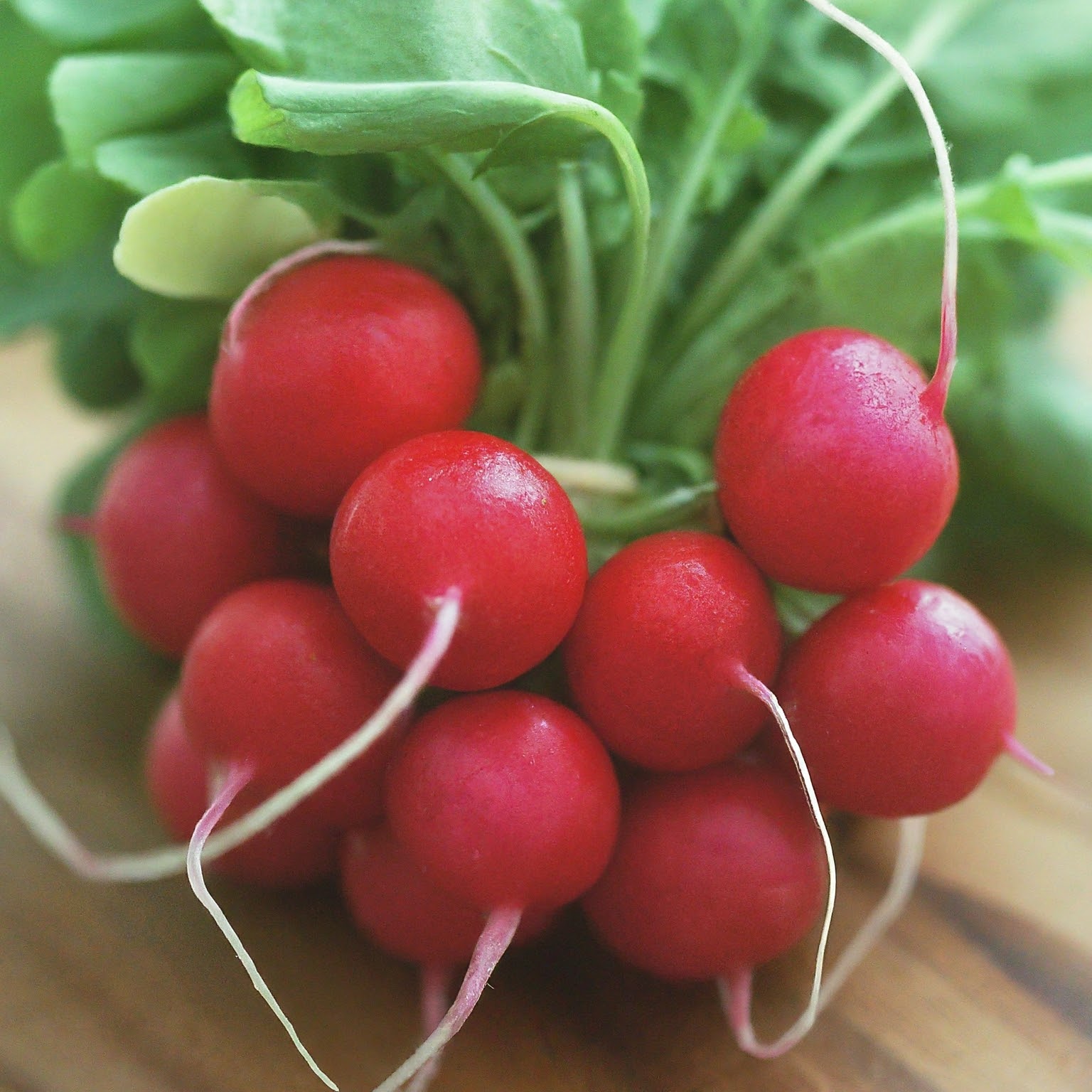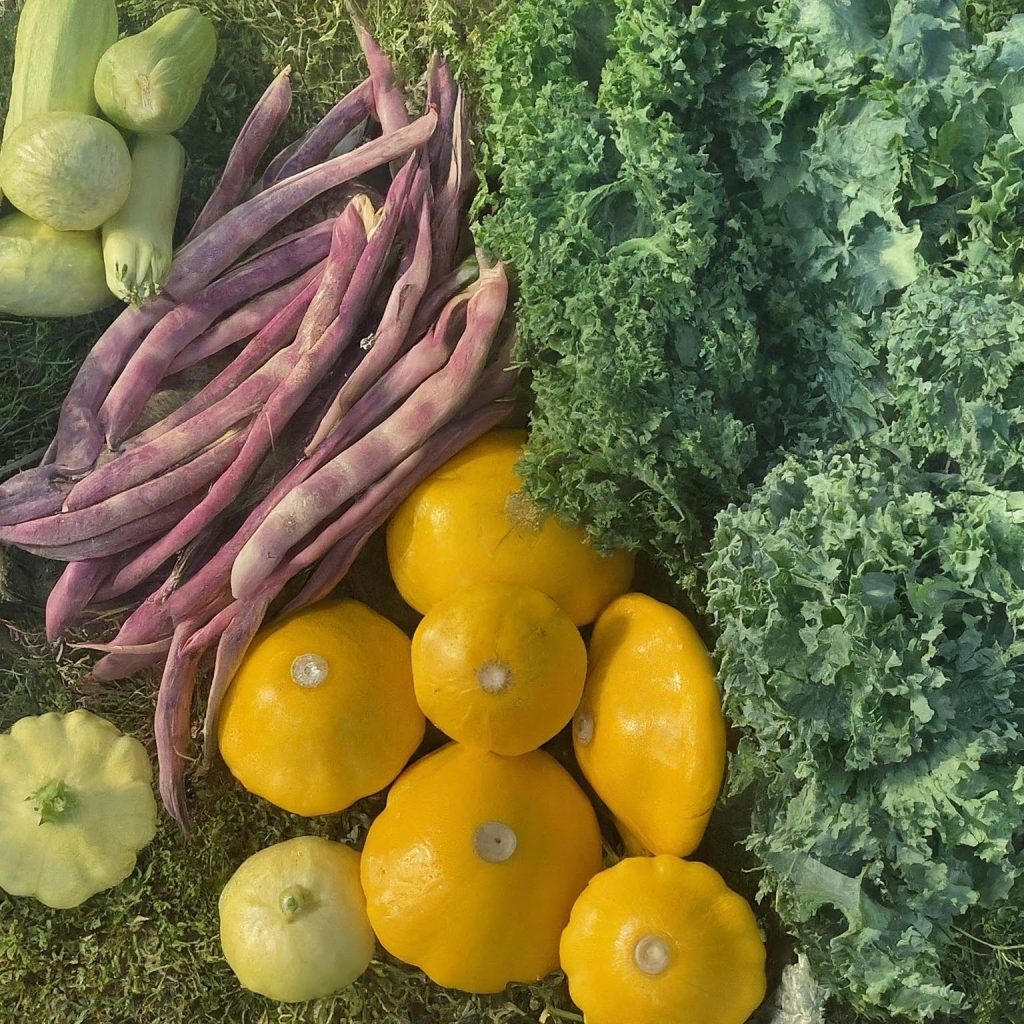All Posts
What to Grow in Summer
Choosing what vegetables to plant in your summer garden can be both exciting and challenging. By now, your spring radishes have likely been harvested, snap peas are not ideal due to the heat, and cilantro has started blooming. But fear not, there are plenty of speedy vegetables perfect for early summer planting!
As you clear out any remaining spring crops, it’s crucial not to leave any gaps in your garden beds. Those empty spaces are invitations for weeds to take over. Make the most of your garden’s potential by grabbing some seeds and filling in those open spots.
Here are some excellent summer vegetables that won’t take too long to mature and will keep your garden productive well into late summer and fall:
Bush Beans:
Bush beans are an excellent choice for early to mid-summer planting. Many varieties mature in just 50 to 60 days, providing you with a steady supply of tender beans until the first frost arrives in the fall.
Cucumber :
Planting cucumbers and summer squash in warm soil during early to mid-summer ensures a quick production of delicious fruits. Additionally, planting later in the summer can help avoid common pests like squash bugs and squash vine borers.
Squash:
There are a plethora of squash varieties. Delicata, Crookneck, Cousa, Pattypans, Summer squash and Zucchini are all wonderful options to start with. Try growing Cinderella pumpkins for both eating and carving. For a twist on the traditional squash dishes, try the crowd-pleasing breaded and fried flowers. They’re delicious! Squash, like tomatoes, have a long growing season. Plant them in well-drained soil early from seeds or starts. Be sure to give them plenty of sun and consistent deep watering using an elevated garden sprinkler or spray nozzle like the Thumb Control Watering Nozzle. Harvesting regularly will encourage continued flowers and fruit. Squash grows well with cucumbers, corn and beans, among a number of other plants.
Greens:
Heat-tolerant greens such as chard or kale can replace heat-sensitive lettuce and spinach during the summer months, ensuring you have fresh greens for salads and cooking.
Radishes:
Radishes are quick-growing and add a burst of flavor to any dish. Many varieties, especially red radishes, are ready to harvest in as little as 25 days. Experiment with different types like white daikon, watermelon radish, or black Spanish radish for unique flavors.

Root Crops:
Beets, carrots, turnips, and rutabaga can be directly seeded during the heat of summer and will mature just in time for a fall harvest. Cooler fall weather enhances their flavor, making them perfect for autumn dishes.
Herbs:
Basil, dill, and cilantro are fast-growing herbs that are perfect for garnishing summer meals. Plant them at two-week intervals throughout the summer to ensure a continuous supply of fresh herbs for your favorite dishes.
Eggplant:
Eggplant is a warm weather crop that is harvested in mid- to late-summer. Eggplants thrive in high temperatures much like peppers or tomatoes do. It needs well-drained soil and shouldn’t be planted until at least 3 weeks after the last frost. Even though they love the heat, eggplant roots need to be moist and cool throughout the growing season, so be sure to add mulch on the ground to help the root systems retain as much moisture as possible. Eggplant does well when companion planted with amaranth, beans, peppers and spinach or thyme.
Flowers:
Fowers not only nourish the soul but also play a crucial role in supporting pollinators. If you’re looking to add a splash of color to your garden while benefiting pollinators, consider planting edible flowers such as calendula or nasturtiums. These flowers not only look beautiful but also germinate quickly from their large seeds, making them an excellent choice for brightening up any garden space.
In general, planting a variety of summer vegetables in your garden not only ensures a continuous harvest but also adds diversity and flavor to your meals. By strategically planning your planting schedule and utilizing every available space, you can enjoy a thriving garden throughout the summer and into the fall months. Remember to regularly water and care for your plants, keeping an eye out for pests and diseases that may affect their growth. With proper attention and maintenance, your summer garden will reward you with a bounty of fresh, homegrown produce that you can enjoy in salads, stir-fries, and other delicious dishes.
So, roll up your sleeves, grab your gardening tools, and get ready to savor the fruits of your labor. Whether you’re a seasoned gardener or just starting out, there’s nothing quite like the satisfaction of harvesting your own vegetables and herbs straight from the garden to the table. Happy gardening and happy eating!

